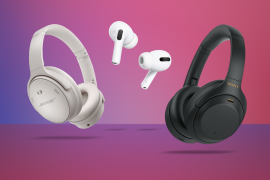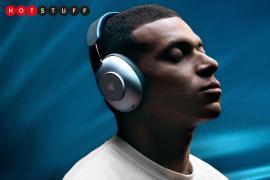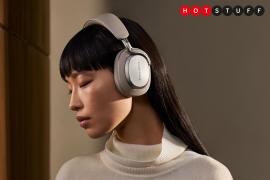I tested the brilliant Bowers & Wilkins PX7 S3, but they won’t be top dog for long
A supreme pair of wireless headphones. But they face stiff upcoming competition - not least from Bowers' own PX8 S2
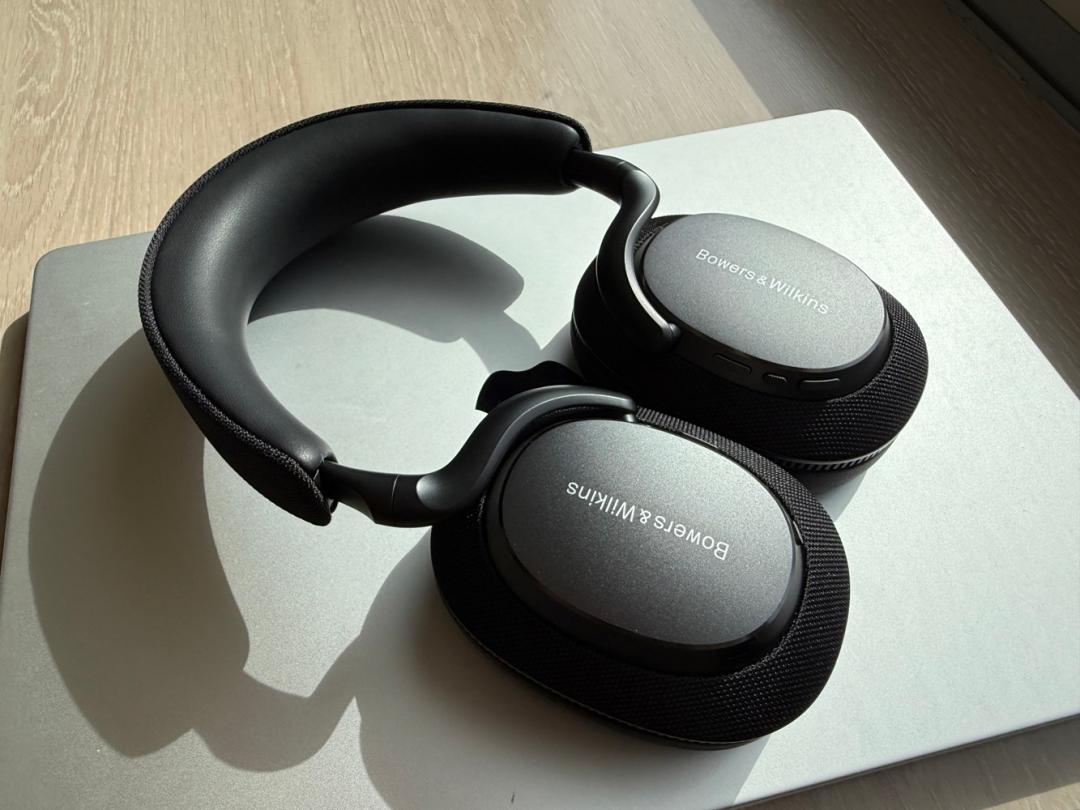
The latest version of Bowers & Wilkins’ key noise-cancelling headphones is here. The last refresh of them two years ago – with the PX7 S2e (which followed up the S2) – was also accompanied by the PX8, a brand new range-topper.
And that’s the slight conundrum with this review. As you can see from the score, we think these are brilliant. But we already know we’ll get a new version of the PX8s later this year – PX8 S2 of course – to counter expected releases from Apple, Sony and others.
Bowers & Wilkins is talking up the PX7 S3’s audio quality as being comparable with – or even better than – the current PX8s. Indeed, in its marketing materials for the S3s it calls them “the most advanced and capable wireless headphone the brand has yet made.” But the advent of the second-gen PX8s will surely see them superceded as the best you can get. And that’s before we get to all those other chunky manufacturers named above and their upcoming headphone releases. The main thing going for the PX7 S3 compared to the PX8 S2 is almost certainly the prowess you get for what is a relatively modest price point.
One problem with Bowers’ naming conventions is the word soup that successive versions of the PX7 have generated. S2 vs S2e vs S3 isn’t exactly easy to say or tell the differences between, but then again neither is Sony’s current benchmark in the form of the WH-1000MX5. As you’ll hear, I do wonder why these headphones don’t have a completely new product name…
The Px7 S3 is available in the UK for £399 and the rest of Europe for €429 which was a little more than I was originally expecting. Bowers & Wilkins says that the headphones won’t immediately be available in the Americas. And it doesn’t take a genius to conclude that this is due to the crazy situation with tariffs. If the tariff problems do abate, expect $399.
In a statement, the company said: “Px7 S3 will not be available in North and Latin America on April 24, though launch plans in other markets remain unchanged and will proceed as scheduled. Bowers & Wilkins are taking this additional time to evaluate the evolving market conditions and ensure their offerings remain aligned with consumer expectations. We’ll share more details at a later date.”
Design: similar but more refined and less bulky



Although the PX7 S3 looks very similar to Bowers’ previous high-end headphones – PX7, PX7 S2 and PX7 S2e – they have been quite significantly redesigned, not least with a more compact design – the earcup protrudes less than on the previous version of these headphones. The case is also not too big and is very backpackable indeed.

The button arrangement has been tweaked this time around and it’s a very welcome change. I’m a big fan of the physical controls on offer, but the trio of controls on the right cup seemed too similar to each other by touch in previous versions. The key play/pause/answer/end button has now been given a textured finish and is a different size to distinguish it from other controls.


Bowers & Wilkins also says the PX7 S3’s cushions and headband are replaceable, though this work needs to be done by trained service engineers rather than being something the end user can do. However, it’s a step in the right direction.
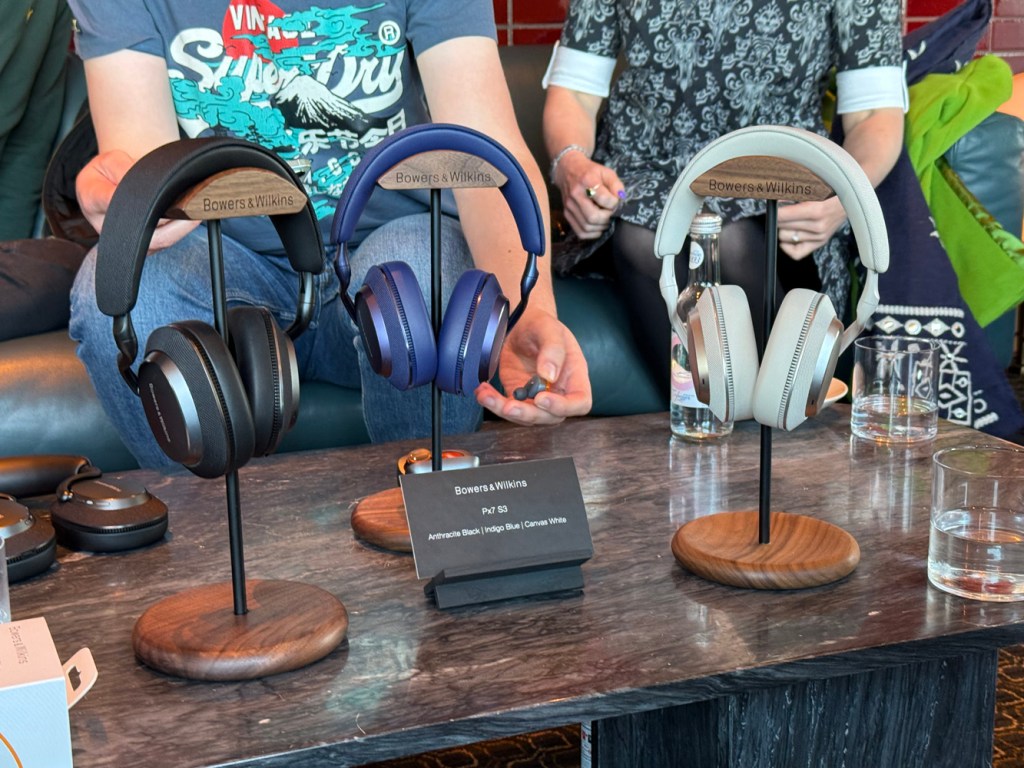
The PX7 S3s are available in three colours, Anthracite Black, Indigo Blue and Canvas White.
Specs and app: incoming updates should add even more value



Once again there’s no 3.5mm headphone jack, but you can connect up to those sources using the included 3.5mm to USB-C cable. Wired listening via USB-C to USB-C will also give you the very best quality sound. aptX Adaptive 24bit/96kHz over Bluetooth 5.3 is the usual on offer, but these cans can support aptX Lossless when teamed with appropriate Snapdragon Sound-enabled hardware.
Interestingly, Bowers hasn’t chosen to deploy spatial audio at launch for these headphones but it has been so bold as to say support will be coming later this year, presumably timed alongside the PX8 S2.
Bluetooth LE (including Auracast) is also on the way, again as part of a software update (it seems like this will be separate to the spatial audio update). This will enable other devices to transmit to the headphones and include in a system. It’ll be interesting to hear how this works in practice.
We had access to a pre-release version of Bowers’ Music app to test out these headphones ahead of launch and it wasn’t an overwhelming experience. We’ve had issues with this app on iOS before, notably that it takes a long time to recognise your headphones even if they’re paired with your iPhone/iPad already. However, the final version of the app had much-improved performance and paired with our headphones fine each time we connected them.
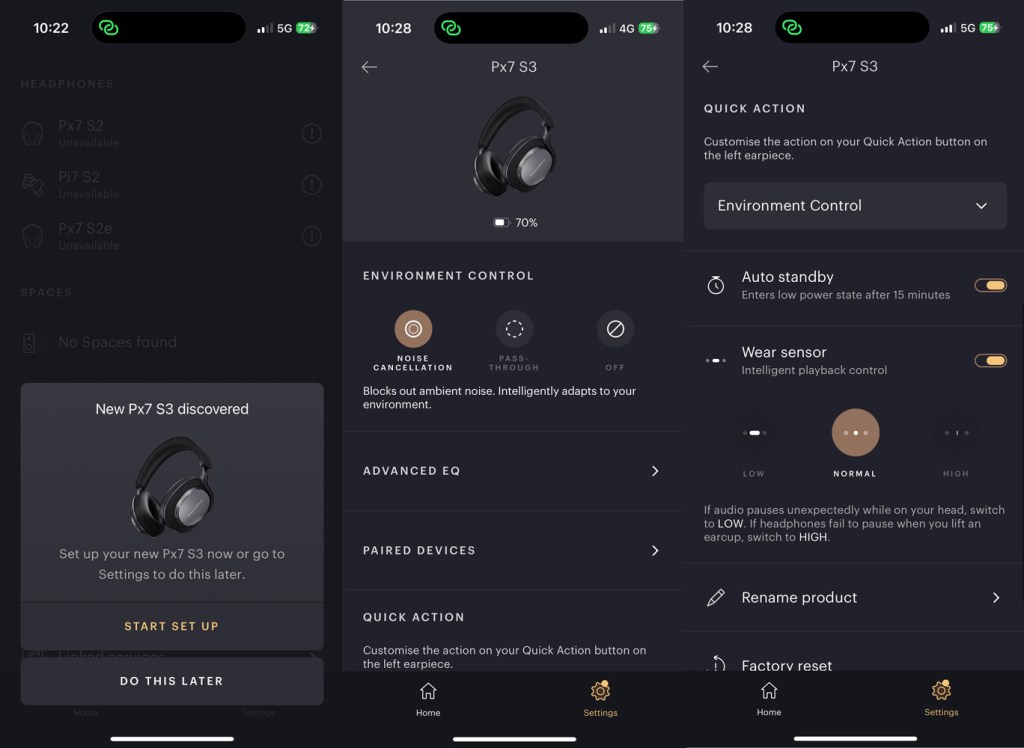
The main problem with this app is that it essentially has the same name as Apple’s own music app, meaning it’s rather hard to search for on iOS – far from ideal. Features-wise, there’s now an adjustable EQ inside the app which is welcome and you can add in non-Apple music services but the reality is that once you’ve mastered cycling through the noise cancellation options on the headphones themselves, you’ll probably end up just using it to occasionally change settings. There’s no compelling reason to touch the app on a regular basis if you’re used to using them with a normal streaming service.
Sound quality: superb soundstage, excellent noise-cancelling
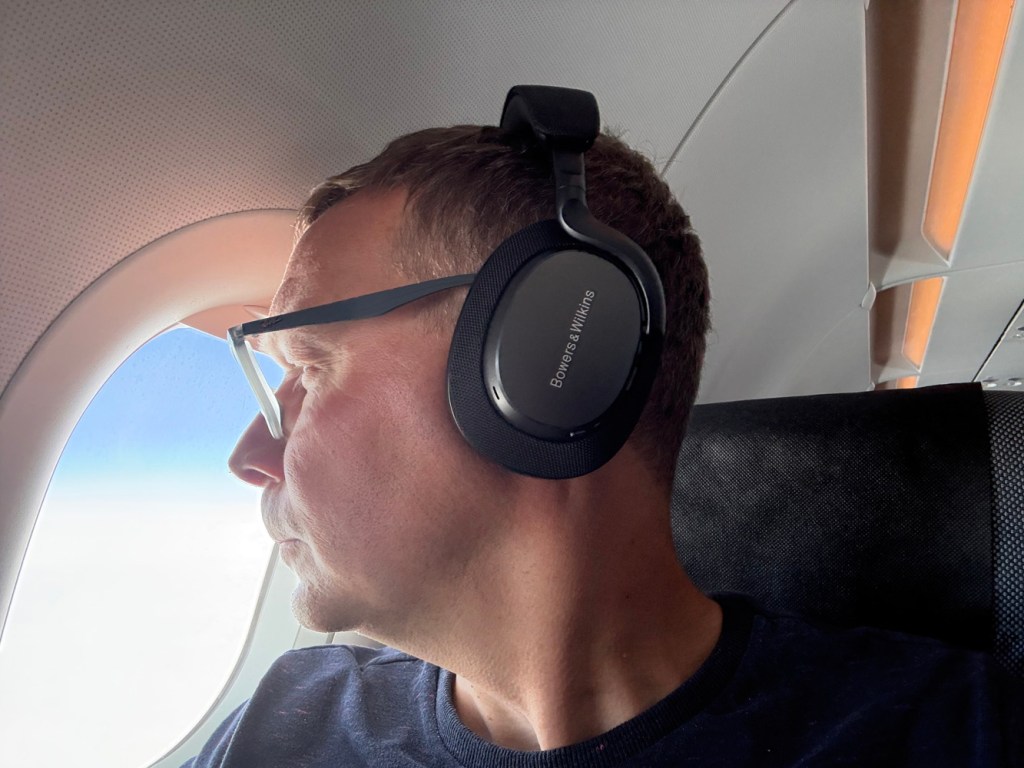
The really good news is that the audio experience on offer here is nothing short of excellent with highly rich audio quality when the source is up to scratch. A dedicated amplifier is are now used to power the 40mm drive units which offer improved resolution. That’s especially evident on tracks which have a larger lineup of instruments. You can hear it all.
If you do whack up the volume to barely-bearable levels, distortion is still basically non-existent. Quite remarkable.
These have also been redesigned with a new chassis, voice coil, suspension, and magnet, with only the cone material still the same versus the predecessors. Once again, they are slightly angled towards the ear.
Because the quality is so good, you don’t feel like you have to raise the volume to a high level to feel you’re experiencing the music properly; a bar that many headphones don’t manage to get over. You do wonder what more tricks can bring to the forthcoming PX8 S3 to beat this level of quality.
It absolutely breezed through our list of audio test tracks, handling everything from driving bass to smooth classical with aplomb. It’ll be very interesting when spatial audio is added to this mix.
The active noise cancellation (ANC) has also been significantly improved this time around and an eight mic array is in use for this. Across various situations it was immediately clear there has been a big step forward and in full cancellation external sound is highly minimised. It’s actually now so good that we wouldn’t recommend walking around a city without switching into transparency mode. You certainly won’t hear a bike or EV which obviously could be a bit of a problem.
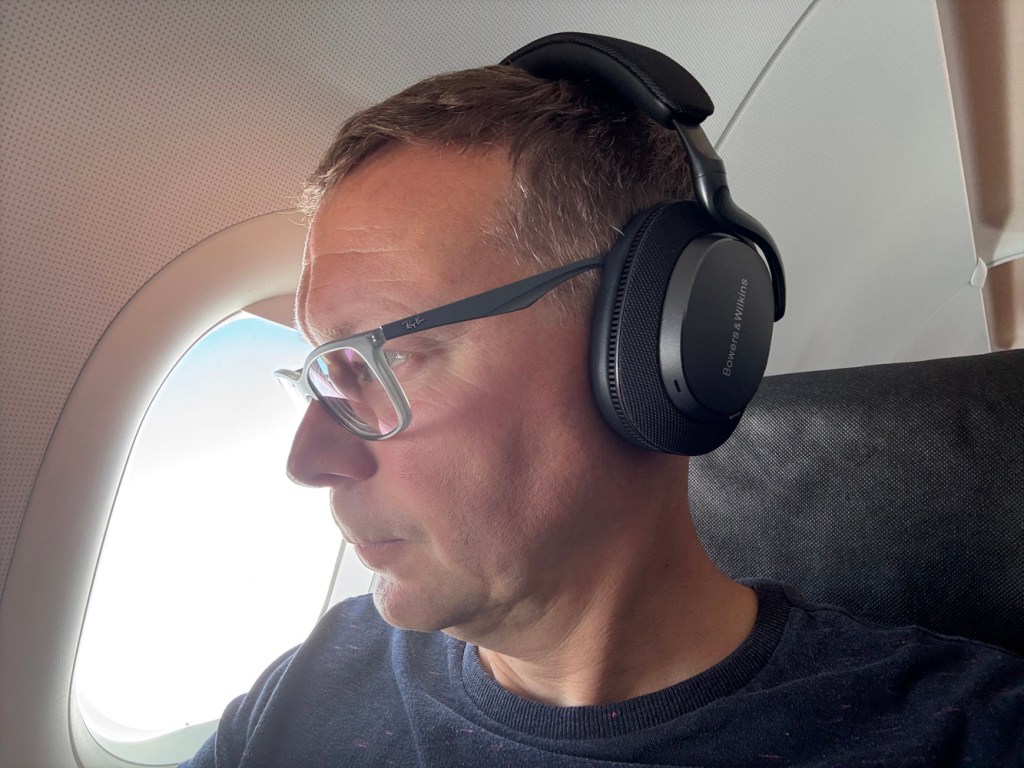
On a plane, conversations are easily blanked out and other noises such as drinks trolleys and banging toilet doors just drifted away. You can hear that announcements are happening, but you can’t hear them clearly…
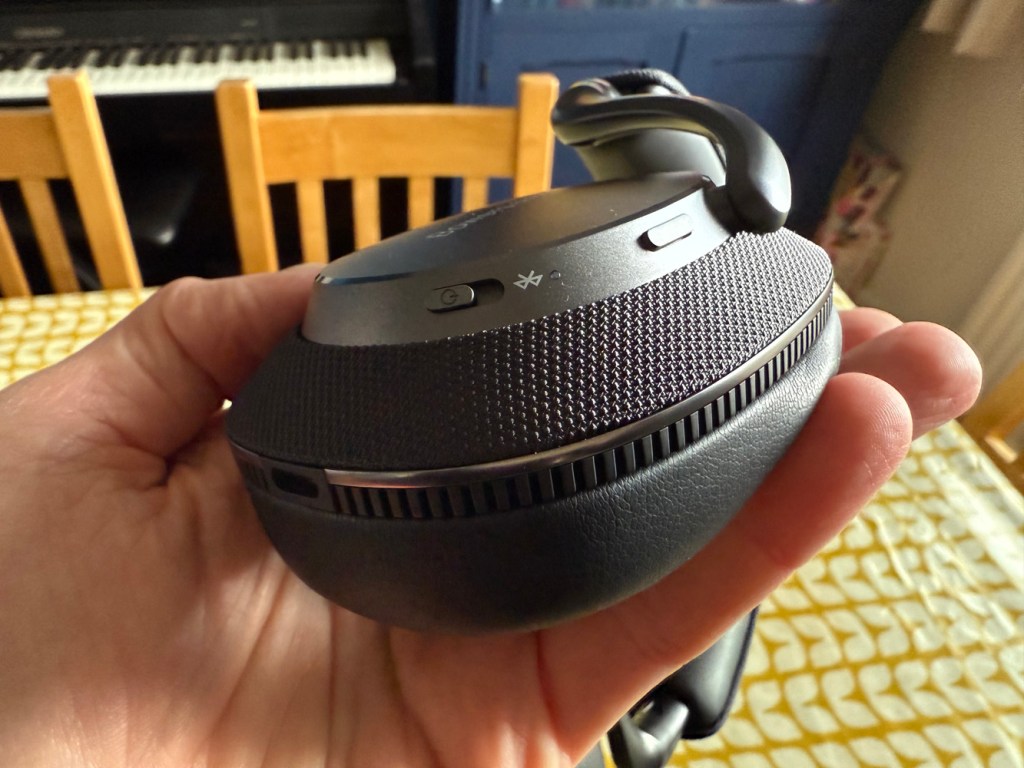
As is the norm nowadays, the PX7 S3 boast wear detection, so the audio will stop when you take then off. I found they were a little too sensitive to this out of the box, so I toned the sensitivity down which worked a treat. I want them to pause only when they’re lifted off the head, rather than if they’re slightly skewed on the head thanks to them being knocked or when you have them against a seat on a flight.
If there is one spec on the list where the PX7 S3 is lagging behind some rivals a little, it’s in terms of headline battery life. It still offers 30 hours of battery life with ANC enabled, which is great of course. It’s just that I’ve been regularly seeing battery life quite a bit longer than this now. OK, so it’s still lengthy and there’s a 15 minute for seven hours fast charge, but it’s surely becoming an easy point of distinction for consumers.
Bowers & Wilkins PX7 S3 verdict
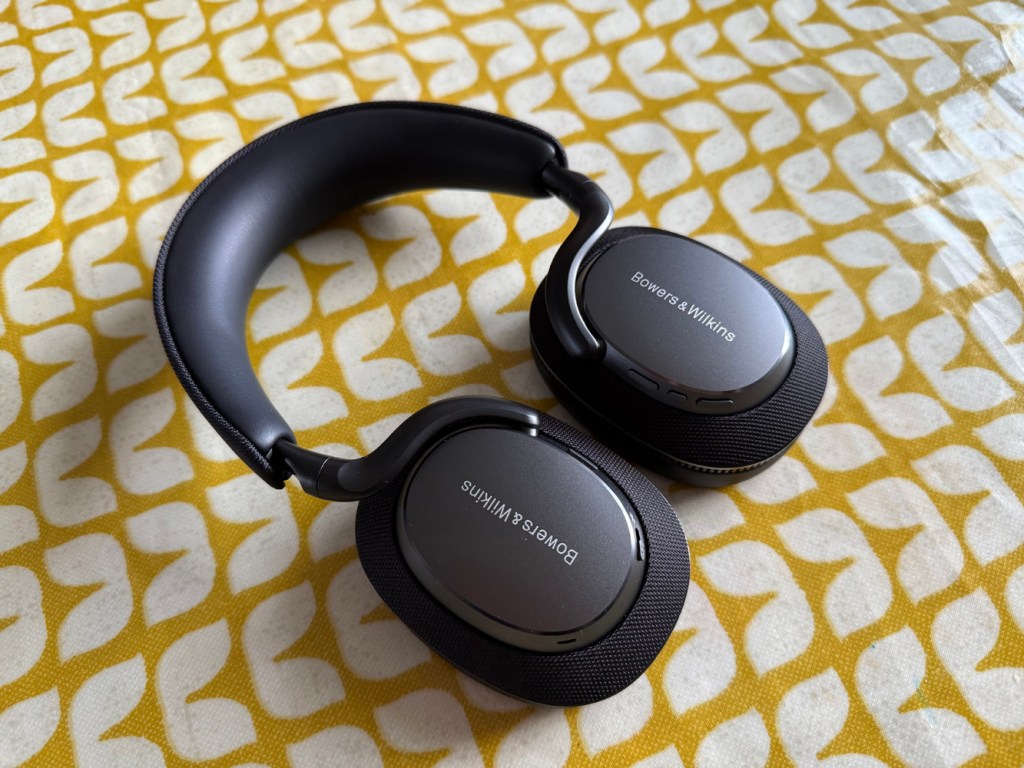
The PX7 S3 offer a huge amount more than their perfectly serviceable predecessors and a lot has clearly been done to improve their capabilities, particularly in the area of noise cancelling.
But the sound quality has also taken a real leap forward. Such a step up should surely boast more than just a ‘S3’ label on the end of the product name. Still, naming conventions aside, it’s really rather hard to recommend you buy anything else and it will be fascinating to see if others can match or better them in the days and months to come. And what Bowers will do itself with the PX8s…
So what are the problems? Well, there’s a massive amount of competition for starters. It’s increasingly busy around the $299/£299 mark in particular and that is a lot less than the current cost of the PX7 S3s. The battery life is also. now only so-so for a premium headphone. It’s still great, of course, but such is the competition that it has to be a small mark in the negative column. Nitpicking though really, because these are brilliant headphones.
Stuff Says…
A real step change from their predecessors, the PX7 S3 offer a wonderful soundstage, while the noise cancelling is simply terrific.
Pros
Stunningly rich sound
Class-matching noise cancelling
Improved controls
More compact design
Cons
Very stiff competition, not least from the incoming PX8 S2
Spatial audio not there at launch
Battery life is now only so-so
There’s no 3.5mm headphone jack, but a cable is provided
Bowers & Wilkins PX7 S3 tech specs
| Drivers | 40mm dynamic full range bio cellulose |
| Audio formats | SBC, AAC, aptX Classic, aptX HD, aptX Adaptive, aptX Lossless |
| Battery life | 30hrs (7hrs from 15min quick charge) |
| Connectivity | USB-C, Bluetooth 5.3 |
| Size | 177 x 60 x 234mm |
| Weight | 300g |


